How to Make Exposed Tile Edges More Refined?
Introduction: The Importance of Tile Edge Finishing
The most common issue with tile installations occurs when exposed tile edges become visible at corners as well as stairways or surface transitions. Such edges show as unfinished work or rough textures and possibly sharp edges that both look unappealing while being exposed to potential harm. The absence of proper finishing techniques makes tiles more susceptible to chipping and cracking which results in future repair expenses.
The process of refining tile edges provides three main advantages to users:
- Enhanced Aesthetics: The tile edge finishing process produces a refined appearance which enhances the overall aesthetic quality of your tiling area.
- Edge Protection: The protective techniques safeguard tiles from damage while also providing resistance against wear and chipping across high-traffic zones.
- Improved Quality: A focus on precise edge finishing produces a substantial improvement in the quality perception of your construction or renovation work.
The selection of appropriate tile edge finishing methods proves essential for achieving professional-quality results whether you choose to work alone or with a professional.
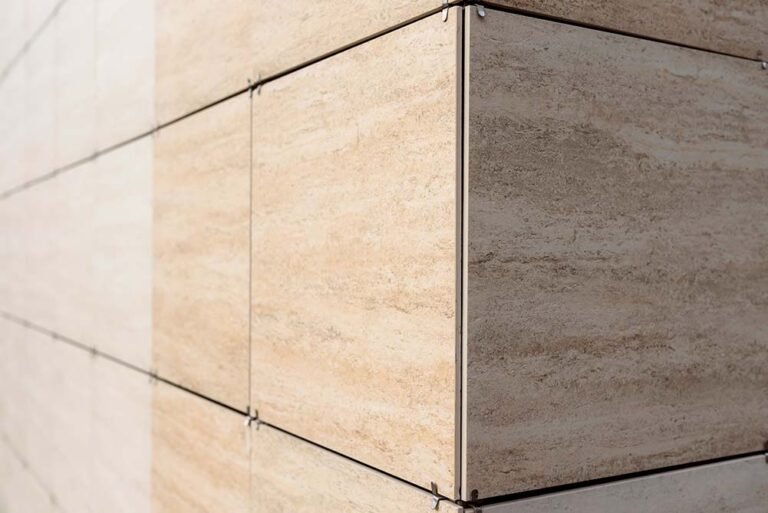
Solutions: Comprehensive Methods for Tile Edge Finishing
Several productive methods exist to finish tile edges with their distinct benefits for specific applications. The following section presents six popular methods to help you discover your optimal project solution.
Method 1: Specialized Tile Edge Strips (Tile Edge Trim)
The simplest way to complete tile edges involves using specialized edge strips which professionals call Tile Edge Trim. These tile edges exist in multiple forms including:
- PVC: The material is both inexpensive and easy to handle during installation.
- Aluminum Alloy: The durable material is suitable for contemporary design projects.
- Stainless Steel: The material provides a premium appearance with maximum strength.
Installation: Measure the edge length then cut the strip accordingly before installing it through adhesive or snap-fit methods based on strip type.
Advantages: The installation process is straightforward and offers robust protection against chipping along with multiple design choices that fit any interior style.
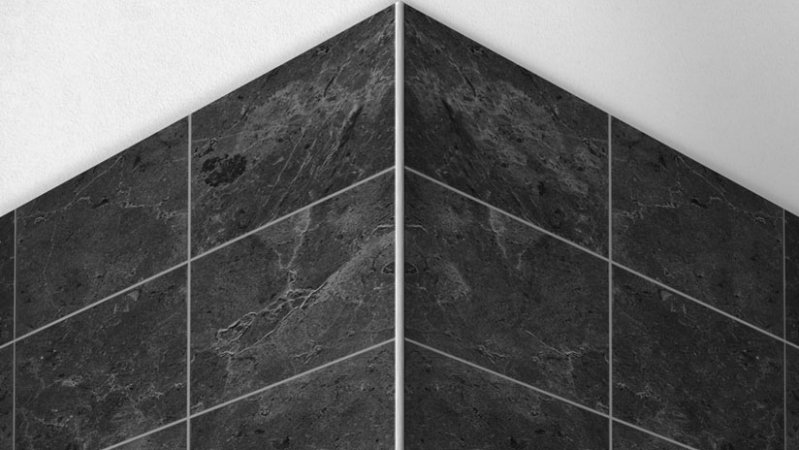

Method 2: Tile Chamfering (Edge Grinding) and Splicing
Tile chamfering stands as an excellent choice when you need a smooth luxurious finish for your project. The method removes tile edges by grinding them at 45 degrees so corners become seamless without needing supplemental strips.
What is Chamfering?: The process involves tilting tile edges at specific angles to achieve a smooth transition.
Operation: Professional tools (tile grinder) and precise measurements are necessary for this method.
Effect: The tiles need to be cut at 45 degrees before installation through careful alignment.
The finished product features an upscale design without any visible joints.
Disadvantages: The approach needs advanced skills while being expensive yet produces fragile edges unless properly handled.
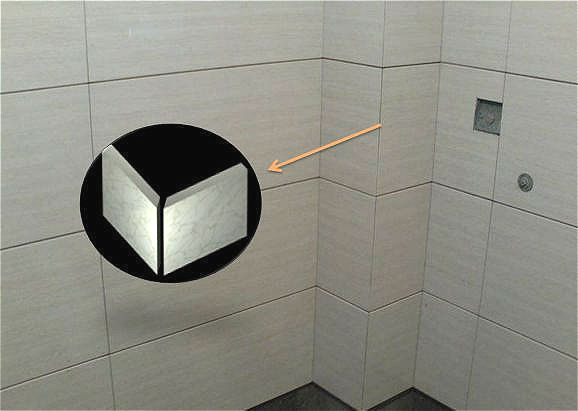
Method 3: Using L-Shaped Edge Strips/Profiles
Stair edges together with countertops and transitions between flooring types require L-shaped edge strips as their ideal application. The protective profiles both shield tile edges while adding decorative elements.
Materials: The profiles come in three different materials which include metal and stone and artificial stone.
Installation: The installation method involves using either adhesive or screws based on the surface type and material choice.
Best For: The area needs to withstand heavy use while maintaining safety standards.
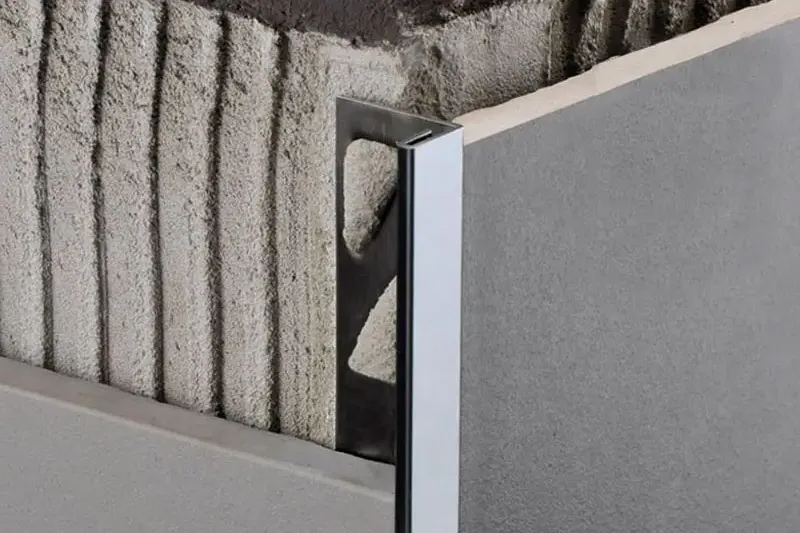
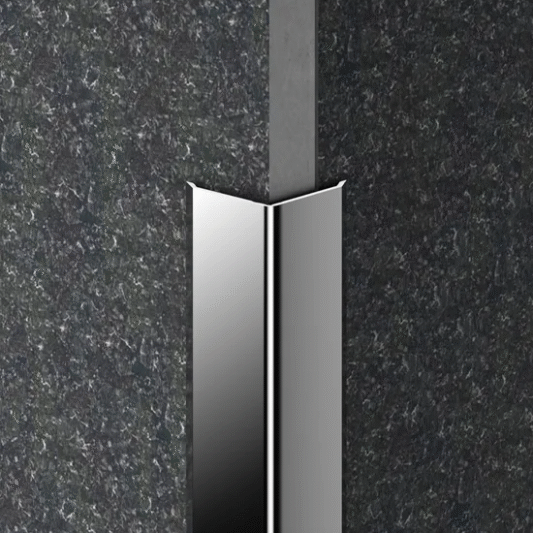
Method 4: Edge Strips Made from the Same Tiles
A custom appearance emerges when you use the same tiles from your project to create edge strips. To achieve this method you need to cut thin tile strips which you can use to finish the edges.
How It Works: Apply the tile strips to the exposed edges after you cut them into thin sections.
Effect: The method provides a flawless color and texture match which produces a flawless transition.
Precautions: The process demands both accurate tile cutting and strong bonding techniques to prevent long-term separation. The method works best for individuals who possess tile-cutting tools along with basic DIY competencies.
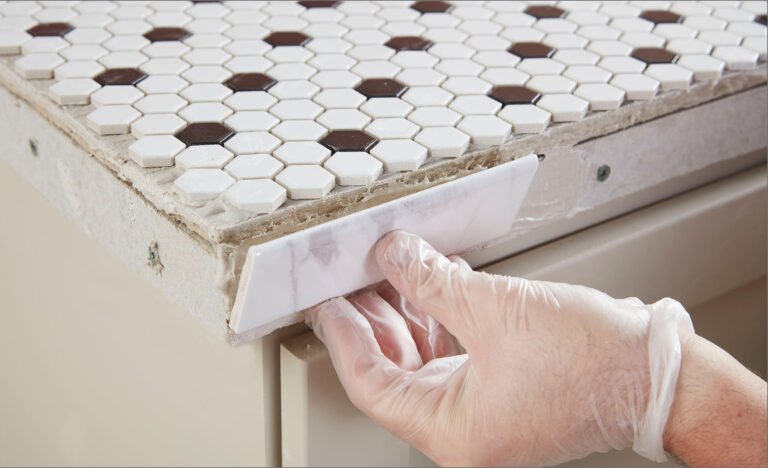
Method 5: Using Grout/Epoxy Sand for Edge Finishing
The combination of grout or epoxy sand proves to be a cost-effective solution for treating both small gaps and minor exposed edges.
Color Choice: Choose a grout color which blends with your tiles for understated results or select a contrasting color to make a bold statement.
Operation: Use the grout or epoxy sand to fill all the gaps before smoothing it down to achieve a clean appearance.
Advantages: The solution presents affordability alongside simple installation and multiple color options for designers to express their creativity.
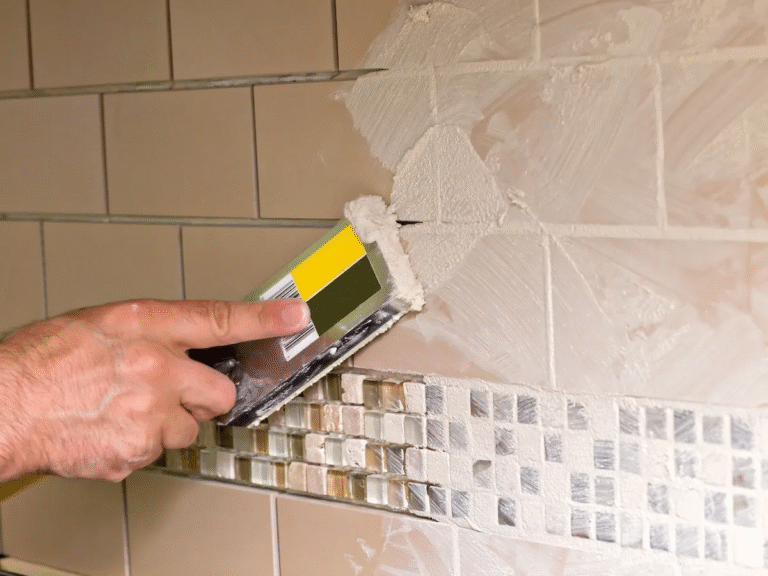
Method 6: Wooden/Other Material Edge Strips
The wooden edge strips enhance the warm character and rustic ambiance of wood grain tiles and similar design elements. The chosen materials should enhance specific design styles by using stone or metal elements.
Material Selection: Select materials that create a cohesive look with your tiles and your design framework.
Installation: Proper installation methods must be followed for securing strips which should result in durable attachments.
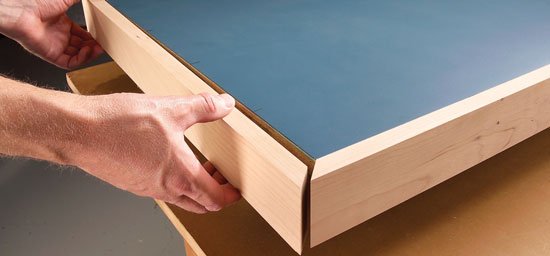
How to Choose the Most Suitable Tile Edge Finishing Method?
The selection of an appropriate method depends on multiple essential elements:
Location: Every space needs its own particular solution. For example:
- Wall Corners: A chamfering or edge strips solution provides a sleek finish.
- Stairs: The use of L-shaped strips provides both safety benefits and durability advantages.
- Countertops: The combination of custom tile strips with L-shaped profiles creates a polished appearance.
- Floor Edges: The seamless transition between surfaces requires either grout or edge strips.
Tile Type and Style: Examine the tile dimensions together with their color selection and design elements. The size of large-format tiles suits simple edge strips but decorative profiles match best with patterned tiles.
Budget: Costs vary between methods. The cost of grout finishing is low but chamfering or custom tile strips need significant financial investment.
DIY Ability: The edge strip and grout methods are suitable for DIY installation yet require minimal technical expertise. Professional assistance should be sought for both chamfering and custom tile cutting operations.
Durability and Maintenance: Think long-term. The protection value of metal edge strips exceeds grout which requires periodic maintenance. Choose a method that finds a balance between appearance and usefulness.
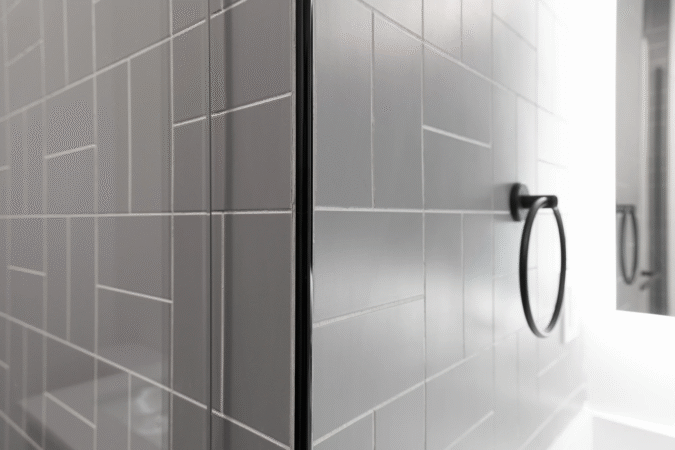

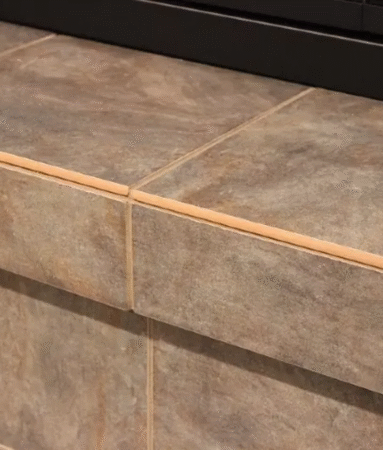
Conclusion: Creating Perfect Tile Details
Your tile edges receive their finishing touches which determine the complete aesthetic of your space. Your tile installation will achieve extraordinary status when you pick the appropriate finishing method between edge strips and chamfered finishes and creative grout applications. Devote time to evaluate your particular requirements together with financial constraints and personal design choices. Complex and high-demand projects require professional installation to achieve flawless results. Proper implementation of the correct method will create tile edges that both maintain their refined appearance and endure daily wear throughout multiple years.
Our Products
Latest Articles
Get A Free Sample
Try out the products you are interested in and get free samples. See the quality for yourself and let’s start working together right away.
Get In Touch Today
After you fill out the form, We will contact you within 24 hours.
The first objective will be to understand your needs, then develop a business plan together and provide you with the best pricing!
Address
Workshop No. 3 (Self - designated), Sizhong Industrial Zone, Dazhen Community, Dali Town, Nanhai District, Foshan City
Tel
+86 13392243769
+86 13392243769
senmry@vip.163.com







